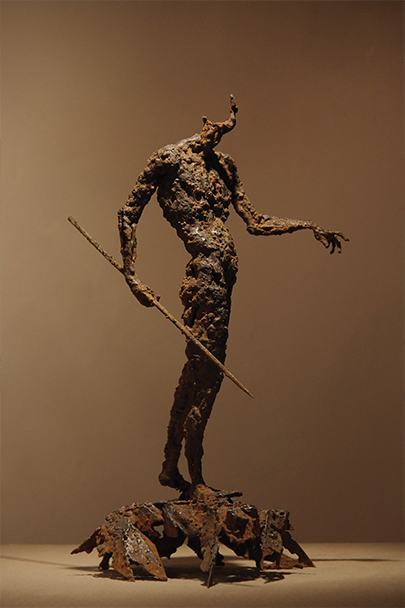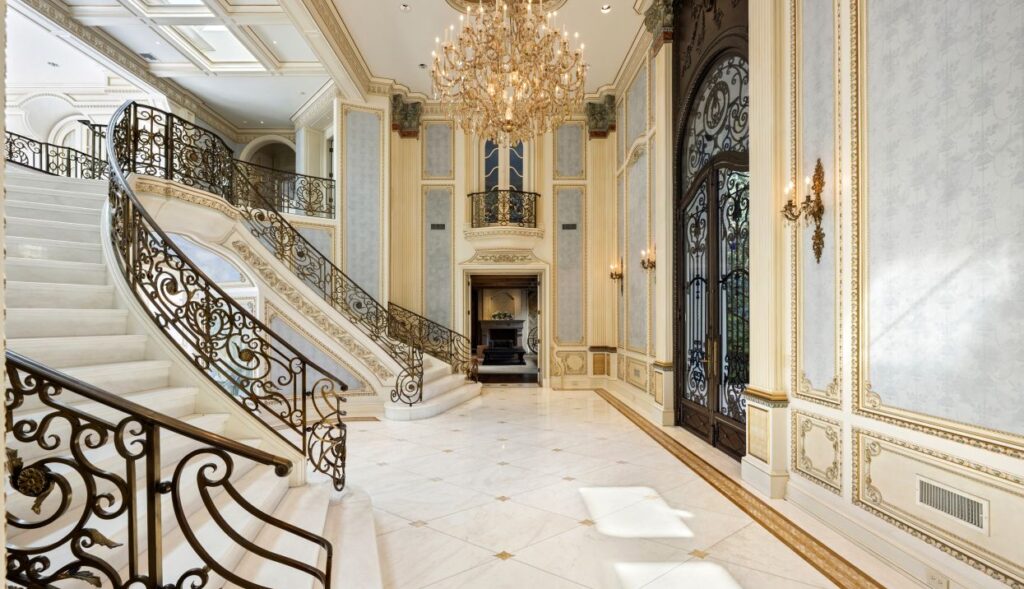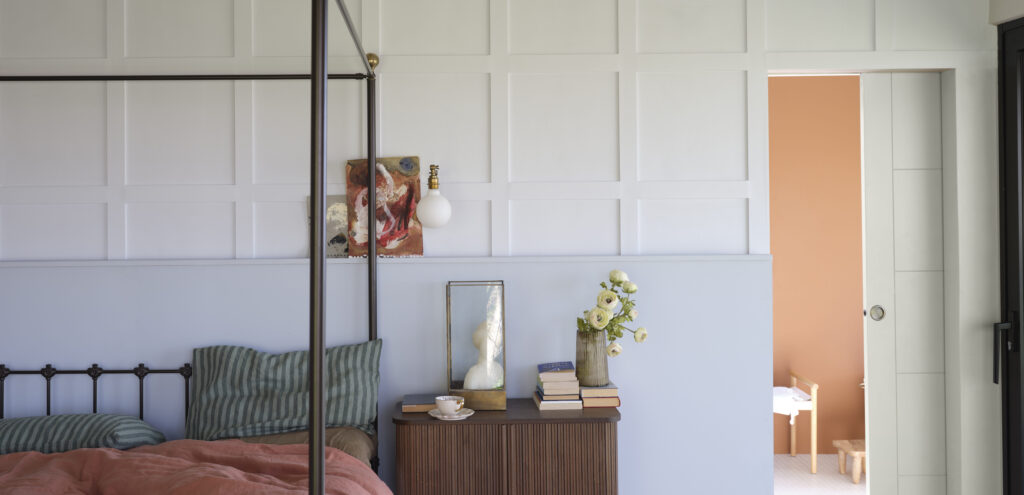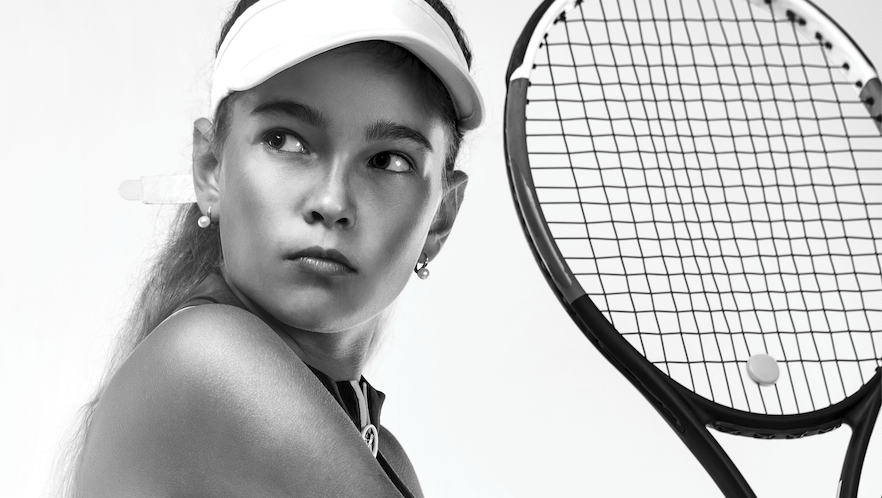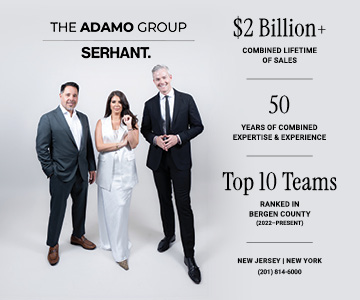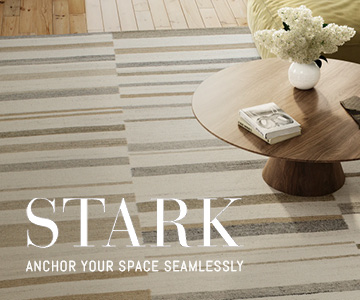Over the centuries, artists have deviated more and more from the idealism of Ancient Greece and the decorative styles inspired by the Roman Catholic Church. While history still has its place in artistic expression, today’s sculptors focus on capturing the emotional imperfections and refinements of the human condition. These artists breathe physical life into something that lives inside all of us; as Polish Artist Grzegorz Gwiazda puts it, sculpting is a “reformation of reality.” While these molded and chiseled blocks of bronze, clay, and iron may not look exactly like us (or our ideal human schematic), we’ve all experienced them before. Their forms speak to us; they’ve been unearthed from their respective materials into something that we all know to be true inside of ourselves. Much like us, they occupy physical space, alive with the beauty and tragedy of being human. To truly understand their entrancing yet haunting sense of familiarity and relatability, one must turn to their creators.
Park Ki-Pyung
Seoul, South Korea
Aesthetic:
“I wondered how I could leave my footprint on the world, and I questioned the conditions of human formation in society…My artwork is a constant attempt to otherize and mythify myself by mixing up the image of classical art and the body of my own. I [use] the image of classical art as a working language, to emphasize an artificial sublime.”
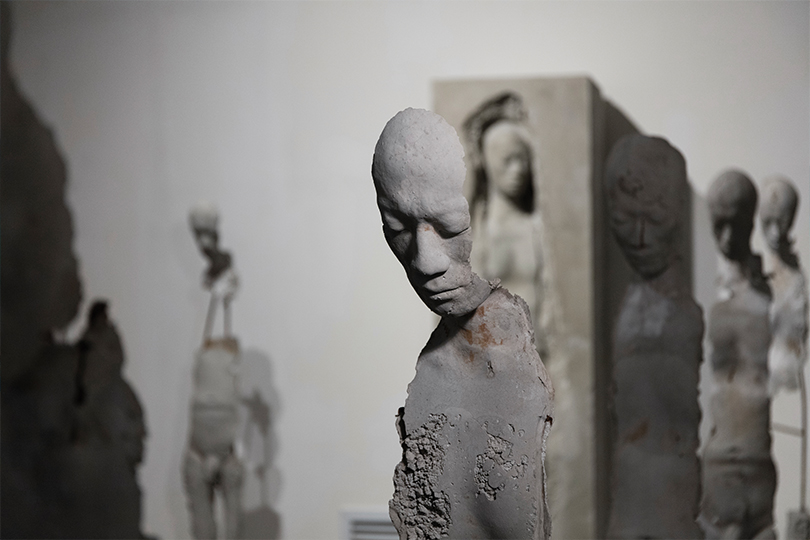 Inspiration:
Inspiration:
“I always had a fear of disappearance. It is different from the fear of sudden accident or of getting a fatal disease; it is more of a fear of limited life. Every moment is limited, even the happiest moment, and to feel that limitedness is painful to me. Limitedness of every moment is what bothers me the most, and my work starts from this pain…I always felt sense of alienation. Thus, I wanted to be confirmed as a normal person, like everyone else. I wanted to feel relieved by creating and leave behind something that represents me or that documents my figure…The current moment will end someday, but [my essence] could live forever with my sculptures. If my work gains ultimate compassion, I could live beyond my death, and my spirit could remain even after my disappearance. That’s why I am fascinated by ancient art. The images of ancient art could inspire many people over centuries. I wanted to document my true self through the natural aspects of human beings. I focused on my feelings, my behavior, and my way of viewing the world, and tried to find universality of [being human] inside of me…”
Process:
“I often use a casting method to my work. Of course, I use a casting method when I need several pieces of a same form, but I also make a mold when I make a single figure. The casting method is fast, and it makes my work more complete. I think it is a big advantage.”
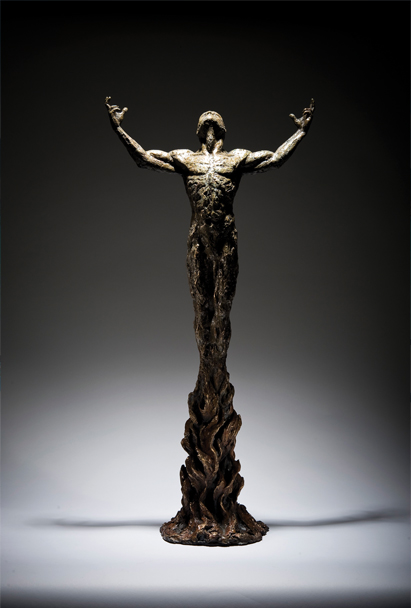 Ian Edwards
Ian Edwards
Devon, U.K.
Aesthetic:
“I use the human form to express and capture the emotions of my core beliefs. All of my works are cast in bronze which captures the subtlety of the finest details, which I work into the surface.”
Inspiration:
“My sculptures are inspired by the human spirit to express its highest calling. Each sculpture expresses an element of our life’s journey discovering our true path and the challenges that life brings us. ‘The Calling’ symbolizes our hearts’ desires as they call to us for expression. ‘Leap within Faith’ captures the need and courage in bringing our dreams into the world.”
Process:
“Each sculpture is inspired by a particular insight, which I explore in writing and poetry. Before I start to sculpt each piece I can see the sculpture clearly in my mind’s eye. I work on the sculpture until the last part of the process where I patinate each piece of the edition in a unique color.”
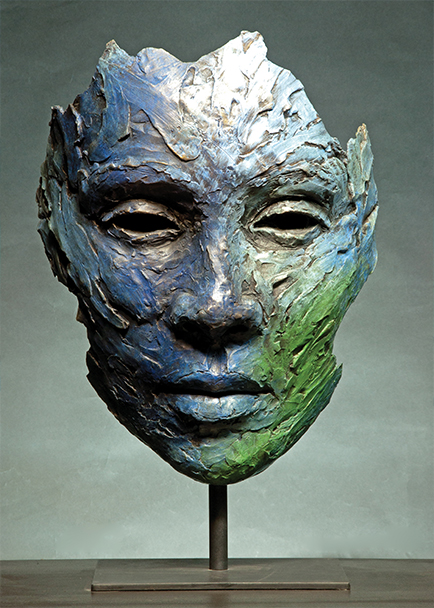 Lionel Smit
Lionel Smit
Cape Town, South Africa
Aesthetic:
“My style is loosely based around the idea of creating classical figurative forms, mostly portraits, in a contemporary way.”
Inspiration:
“I have drawn quite a lot of inspiration from African sculptures, like the Benin heads, to other sculptors like Michelangelo and Rodin. I’ve drawn most of my inspiration from the Cape Malay community in Cape Town, that is a mixed-race cultural group—I think this has become my iconography.”
Process:
“My approach to sculpture is influenced by my painting process, in terms of adding layers of clay to the sculpture as I would add layers of paint to a painting. At times, when I work with wax, I would heat it up and pour it over the sculpture to recreate the idea of drips (as I would in my paintings). The surface becomes important to me—from the texture to the color. I like to experiment with different patina colors.”
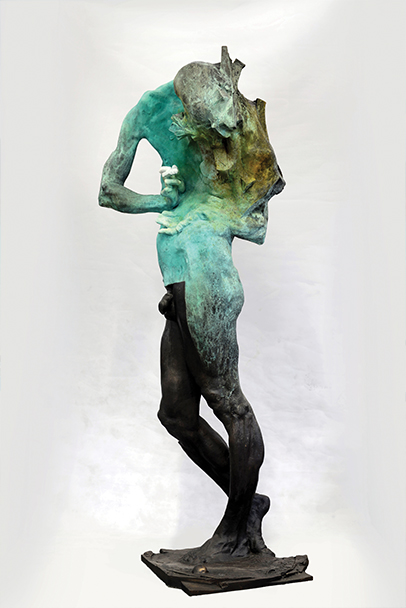 Grzegorz Gwiazda
Grzegorz Gwiazda
Lidzbark Warminski, Poland
Inspiration:
“I am inspired by nature—the nature of the human being, the nature of myself. We are made of many elements. We contain contradicted needs like the need for creation and destruction, the need for harmony and domination. According to Sigmund Freud, we are driven by two main opposite forces: Eros which we can understand as desire to life and Thanatos—desire to death. We are divided into body and soul, flesh and mind…Perhaps the best way to show the complexity of a man is paradox. Otherwise it is impossible to keep the unity of all those oppositions inside just one person. This idea brought me to the concept of using the opposite factors inside sculpture. Depending on the story, my works are moved to the direction of tragedy, abstraction, mystery, expression or opposite. In many cases, all of those elements are present in a single work.”
Process:
“To fully show a human being, not just the visual aspect of it, we should make [an interpretation]. This process is a reformation of reality, and I understand it as finding a new shape for a specific phenomenon. No matter which aspect of reality I try to represent with sculpture…I always make a kind of interpretation…It is impossible to make the body out of clay, wood or any other material. We are alive. Skin has a colour, there is blood circulation in our veins, we have specific facial and body expressions… So my task as a sculptor is to create a new independent, alive being out of static elements. This point brings me to the conclusion that art is much closer to poetry and alchemy than to anatomy and modeling.”
Soheyl Bastami
Sary, Iran
Inspiration:
“Most of my sculptures are figurative and the subject of my works are humans who are scrambling to get some knowledge about the world and themselves. I chose the figurative sculpture since it is the most explicit way of expression, and from an aesthetics point of view.”
Process:
“My iron sculptures were my first experiences in the sculpture world. The technique that I used to make those iron sculptures was welding and melting the surface. I always choose the material considering the subject of the work and the connection between them.”

